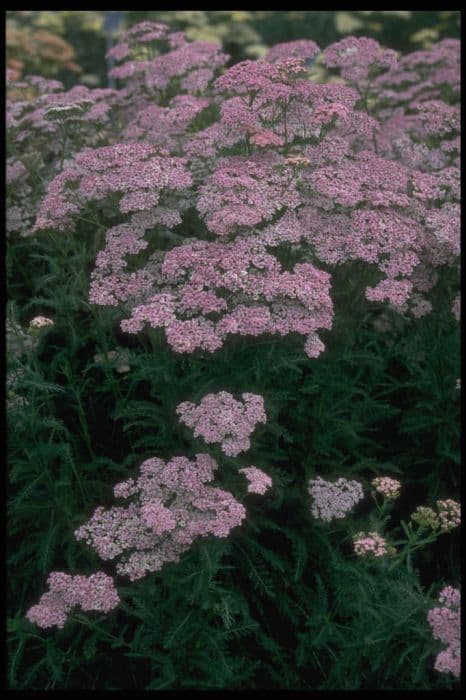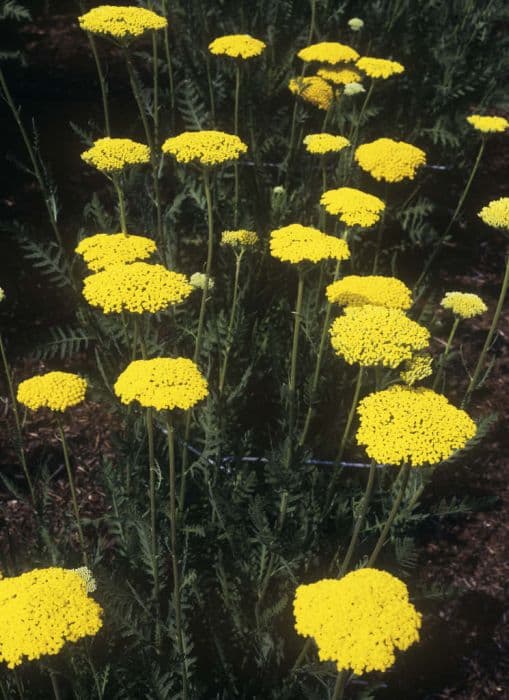Leopard Plant Ligularia 'Gregynog Gold'

ABOUT
Ligularia 'Gregynog Gold' is a striking perennial plant known for its large, rounded, heart-shaped leaves that boast a lush, green color. The foliage often has a leathery texture, creating a robust visual presence in the garden. During the blooming season, it features tall, upright stems which are adorned with clusters of small, daisy-like flowers. These blossoms are typically bright yellow, adding a vibrant contrast to the dark green leaves. The visual appeal of Ligularia 'Gregynog Gold' is enhanced by the ornamental shape of the leaves and the distinctive color of the flowers, making it a favorite among gardeners looking to add a touch of drama and a splash of color to their landscape.
About this plant
 Names
NamesFamily
Asteraceae.
Synonyms
Leopard Plant, Ragwort, Golden Groundsel, Golden Ray.
Common names
Ligularia 'Gregynog Gold'.
 Toxicity
ToxicityTo humans
The Leopard Plant (Ligularia 'Gregynog Gold') is not commonly known to be toxic to humans. However, as with many plants, it is advisable to avoid ingesting it, as it may cause mild stomach upset or an allergic reaction in some individuals. Always supervise children and instruct them not to eat any part of ornamental plants to safeguard against potential risks.
To pets
The Leopard Plant (Ligularia 'Gregynog Gold') is not commonly known to be toxic to pets either. It should still be noted that ingestion of non-food plants can sometimes lead to gastrointestinal upset such as vomiting or diarrhea in dogs and cats. If you suspect your pet has consumed a large amount of the plant and is showing symptoms, contacting a veterinarian is advisable.
 Characteristics
CharacteristicsLife cycle
Perennials
Foliage type
Deciduous
Color of leaves
Green
Flower color
Yellow
Height
3-4 feet (0.9-1.2 meters)
Spread
2-3 feet (0.6-0.9 meters)
Plant type
Herb
Hardiness zones
4
Native area
Asia
Benefits
 General Benefits
General Benefits- Aesthetic Appeal: Adds bright, bold foliage and sunny yellow flowers to gardens, enhancing visual interest.
- Shade Tolerance: Thrives in partial shade, perfect for woodland gardens or shaded borders.
- Attracts Wildlife: Draws in beneficial pollinators like bees and butterflies to the garden.
- Easy to Grow: Known for being low maintenance and easy to care for once established.
- Drought Tolerance: Once established, it can withstand short periods of dry conditions.
- Seasonal Interest: Offers seasonal interest with its changing foliage from spring to fall.
- Texture Contrast: Provides textural contrast in garden designs with its large, heart-shaped leaves.
- Naturalizes Well: Spreads and naturalizes over time, ideal for filling in large, empty spaces in the landscape.
- Non-Invasive: Unlike some perennials, it is not known to be invasive and tends to stay where planted.
- Cold Hardy: Capable of surviving in cooler temperatures, making it suitable for various climates.
 Medical Properties
Medical PropertiesThis plant is not used for medical purposes.
 Air-purifying Qualities
Air-purifying QualitiesThis plant is not specifically known for air purifying qualities.
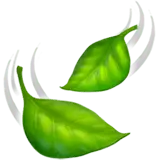 Other Uses
Other Uses- Ligularia 'Gregynog Gold', commonly known as Leopard Plant, can be utilized as a natural dye due to its vivid yellow flowers, which may impart a gentle hue to fabrics and textiles.
- Its large, heart-shaped leaves can serve as natural molds for garden stepping stones or as templates for art projects such as leaf painting.
- In a water garden setting, Ligularia can be planted at the edges of ponds or streams to help stabilize the soil and prevent erosion with its root system.
- The distinctive foliage provides a unique texture for floral arrangements, adding an exotic touch when the leaves are used as greens in a bouquet.
- The tall flower spikes that appear above the foliage can be dried and included in everlasting or dried floral displays for their structural interest.
- The plant can act as an indicator species in a garden; its tendency to wilt under full sun can signal gardeners to provide shade for other sun-sensitive plants.
- Ligularia leaves can be used in crafts, such as making botanical prints or impressions in clay for decorative items like coasters or trivets.
- As a companion plant, it can be interplanted with vegetables to provide them with partial shade during the hottest part of the day.
- With its tolerance for moist soils, Ligularia can be used as part of a rain garden design to absorb excess water runoff in a landscape.
- The plant’s ability to grow well in shady areas can make it a natural backdrop for photographers seeking lush, verdant settings for outdoor portraits.
Interesting Facts
 Feng Shui
Feng ShuiThe Ligularia is not used in Feng Shui practice.
 Zodiac Sign Compitability
Zodiac Sign CompitabilityThe Ligularia is not used in astrology practice.
 Plant Symbolism
Plant Symbolism- Transformation: Ligularia 'Gregynog Gold', commonly known as Golden Groundsel, often symbolizes transformation or change due to the way its foliage changes color throughout the seasons.
- Caution: The plant's sap can cause skin irritation, so it can also represent caution or warning to tread carefully.
- Prosperity: With its golden yellow flowers, Golden Groundsel is sometimes associated with wealth and prosperity, echoing the color of gold.
- Persistence: As a hardy plant that thrives in a variety of conditions, it can be seen as a symbol of persistence and the ability to overcome adversity.
- Sunshine and Joy: The bright, sun-like flowers can also be symbolic of spreading positivity and joy, much like the warming rays of the sun.
 Water
WaterThe Leopard Plant, commonly known as 'Gregynog Gold,' prefers consistently moist soil and should be watered deeply once a week, allowing for about 1 to 1.5 gallons of water to penetrate the soil. During the peak of summer or in particularly dry conditions, watering frequency should be increased to twice a week to maintain soil moisture. Always check the top inch of soil for dryness before watering; if it feels dry to the touch, it is time to water again. Avoid overhead watering to prevent leaf diseases and instead water directly at the soil level.
 Light
LightThe Leopard Plant, best suited for partial to full shade, thrives in a location where it receives filtered sunlight or shade for most of the day. Avoid placing it in full sun, as this can scorch the leaves and lead to excessive drying of the soil. The ideal spot would be under the canopy of tall trees or on the north side of a building where it will receive enough light without being exposed to harsh direct sunlight.
 Temperature
TemperatureThe Leopard Plant prefers a temperature range between 60°F to 70°F for optimal growth and can survive minimum temperatures down to around 50°F. It is not well-suited for hot climates, as temperatures consistently above 75°F can stress the plant, particularly if it does not have adequate shade. During winter, it is essential to ensure that the plant is not subjected to freezing temperatures, as this can damage or kill the plant.
 Pruning
PruningPruning the Leopard Plant is mainly done to remove damaged or spent leaves and to shape the plant. The best time to prune is in the spring, just as new growth begins. Pruning can be done as needed throughout the growing season to remove old flower stalks or damaged leaves. Regular pruning is not typically necessary, but occasional maintenance will keep the plant looking tidy and may encourage more vibrant growth.
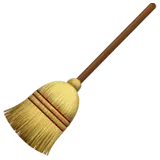 Cleaning
CleaningAs needed
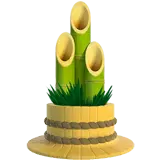 Soil
SoilLeopard plant 'Gregynog Gold' prefers a well-draining, humus-rich soil mix with added organic matter. The best pH range is slightly acidic to neutral, around 6.5 to 7.0. Amend garden soil with compost or peat moss to enhance fertility and moisture retention.
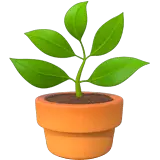 Repotting
RepottingLeopard plants like 'Gregynog Gold' typically require repotting every 2-3 years. This allows refreshing of the soil and space for continued root growth. Repot in spring before the growing season or in fall after flowering.
 Humidity & Misting
Humidity & MistingLeopard plant 'Gregynog Gold' thrives in higher humidity environments, similar to their natural woodland habitats. Aim for humidity levels of 60-80% for optimal growth and health, especially if growing indoors.
 Suitable locations
Suitable locationsIndoor
Use rich, moist soil and bright, indirect light.
Outdoor
Plant in partial shade, moist, rich soil.
Hardiness zone
4-8 USDA
 Life cycle
Life cycleLigularia 'Gregynog Gold', commonly known as leopard plant or golden groundsel, begins its life as a seed, which upon germination grows into a seedling under the right conditions of moisture and temperature. The seedling phase quickly transitions into a vegetative stage where the plant develops a rosette of large, heart-shaped leaves. As the plant matures, it enters the flowering phase usually in the summer, producing tall spikes adorned with bright yellow, daisy-like flowers that attract pollinators. After pollination, the flowers develop into seeds, allowing for dispersal and propagation of new plants. Once the flowering is complete, the plant may enter a period of dormancy, especially in colder climates, with the foliage dying back to the ground until the next growing season. Throughout its life, Ligularia 'Gregynog Gold' undergoes cycles of growth, flowering, and dormancy annually, typically thriving in moist, shaded garden environments.
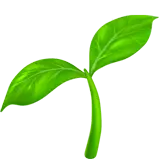 Propogation
PropogationPropogation time
Spring to summer
Ligularia 'Gregynog Gold', commonly known as Leopard Plant, is best propagated by division, typically done in spring. This method involves carefully lifting the parent plant from the ground and gently separating it into smaller sections, each with a part of the root system and several shoots. Using a sharp spade or knife, you can divide the clump into sections, ensuring that each new division has at least one or two growth points or buds. Replant the divisions at the same depth they were growing previously, spacing them about 18 inches (approximately 46 centimeters) apart to allow for growth. Water the newly planted divisions well to help establish their roots in the soil.
